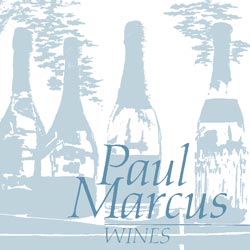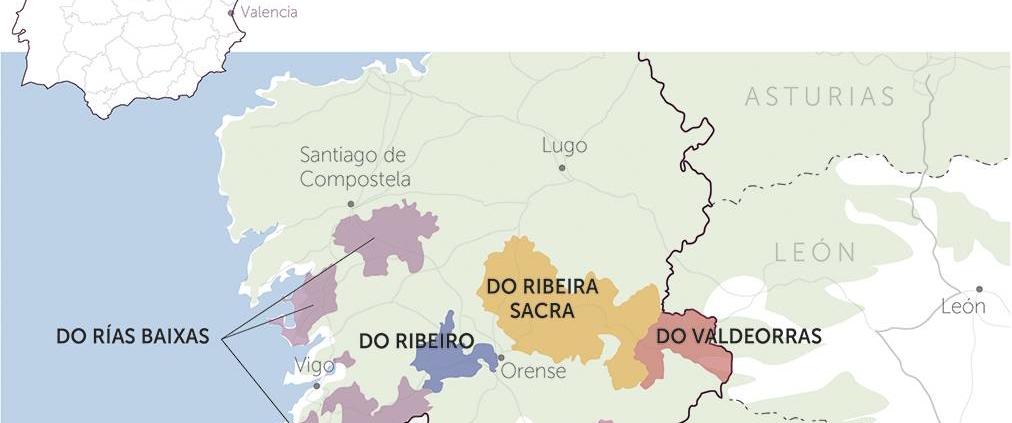Tucked into the far northwest corner of Spain, abutting the Atlantic Ocean, Galicia produces some of the country’s most intriguing and memorable wines. Coastal Rias Baixas, where albariño is king, is perhaps the most prominent of the five DOs located in Galicia, but these days, it’s Ribeiro that’s turning heads in the world of wine.
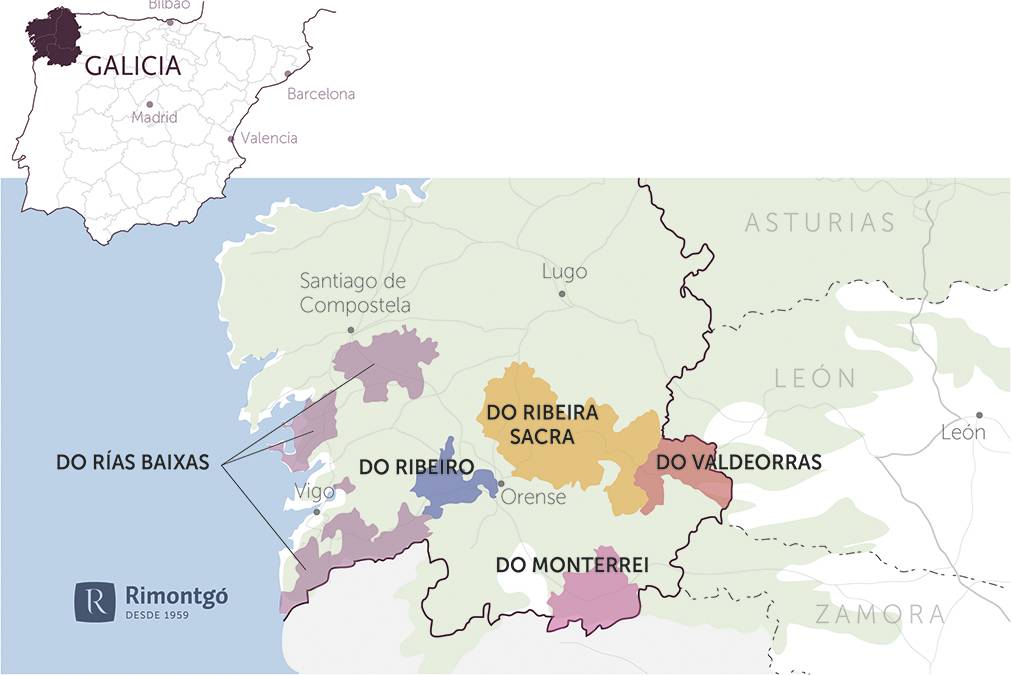
Image from rimontgo.com
Like a lot of recently “rediscovered” winemaking regions, Ribeiro has an impressive historical pedigree that, over the centuries, has been threatened by the usual trials and tribulations–war, invasion, botanical blight, mass production, etc. But winemaking in Ribeiro dates back about 2,000 years, and has also experienced various periods of prosperity and admiration. Several talented winemakers are today attempting to recapture past glory, and wine connoisseurs are taking notice.
Ribeiro benefits from its specific location within Galicia: Roughly 50 km inland, Ribeiro’s vines are both influenced by and somewhat protected from the ocean climate. Therefore, the wines of Ribeiro tend to be a bit riper and fleshier while still boasting the freshness and acidity generated by the proximity to the Atlantic.
Almost 90 percent of Ribeiro’s wine production revolves around white grapes, most notably treixadura. Balanced and bright, treixadura exemplifies Ribeiro’s unique terroir–it’s vibrant and clean, but with ample fruit, a bit of texture, and keen aromatics.
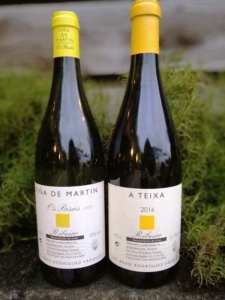 Among the leading lights of Ribeiro is Luis Anxo Rodriguez Vazquez, who has been making wines in the region for more than 30 years. Included in his lineup are two treixadura-based cuvees, both available at Paul Marcus Wines. Viña de Martin Os Pasás blends treixadura with lado, albariño, and torrontes, and it’s aged in steel on the lees for 10 to 12 months. It makes a perfect match for simply prepared fish and chicken dishes, as well as a variety of hard cheeses. A Teixa adds godello and albariño to its treixadura foundation and spends a year on the lees in large wooden vats. This cuvee partners brilliantly with all manner of shellfish (especially scallops) and full-flavored poultry creations.
Among the leading lights of Ribeiro is Luis Anxo Rodriguez Vazquez, who has been making wines in the region for more than 30 years. Included in his lineup are two treixadura-based cuvees, both available at Paul Marcus Wines. Viña de Martin Os Pasás blends treixadura with lado, albariño, and torrontes, and it’s aged in steel on the lees for 10 to 12 months. It makes a perfect match for simply prepared fish and chicken dishes, as well as a variety of hard cheeses. A Teixa adds godello and albariño to its treixadura foundation and spends a year on the lees in large wooden vats. This cuvee partners brilliantly with all manner of shellfish (especially scallops) and full-flavored poultry creations.
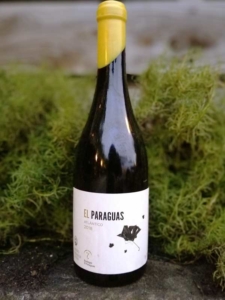 Another producer working wonders with treixadura is Bodegas El Paraguas, whose estate white blend is mostly treixadura with some godello and albariño. With minimal oak influence (only the godello sees wood), the El Paraguas is a bit more focused than Rodriguez’s blends, and equally as satisfying.
Another producer working wonders with treixadura is Bodegas El Paraguas, whose estate white blend is mostly treixadura with some godello and albariño. With minimal oak influence (only the godello sees wood), the El Paraguas is a bit more focused than Rodriguez’s blends, and equally as satisfying.
Though mencía has a home in Ribeiro, the rising red star of the DO is brancellao; often relegated to blending status in the recent past, brancellao grapes are capable of making complex, commanding wines that belie their relatively modest body and low alcohol content. It is a grape of contradictions to be sure: elegant and lifted, yet with a brooding, smoky side; dark in color, yet almost transparent at the same time; spicy and mineral, but not without a little tannic impact; expressive and restrained all at once.
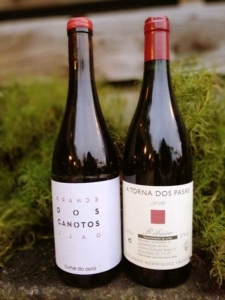 Rodriguez makes two brancellao-based cuvees (blended with other indigenous Ribeiro grapes including caiño and ferrol) that have been featured at Paul Marcus Wines: the Eidos Ermos bottling, which combines oak and steel aging, and the slightly sturdier A Torna Dos Pasás, which sees 12 months of used oak. These food-friendly blends can accompany anything from spicy pork dishes to tuna steaks.
Rodriguez makes two brancellao-based cuvees (blended with other indigenous Ribeiro grapes including caiño and ferrol) that have been featured at Paul Marcus Wines: the Eidos Ermos bottling, which combines oak and steel aging, and the slightly sturdier A Torna Dos Pasás, which sees 12 months of used oak. These food-friendly blends can accompany anything from spicy pork dishes to tuna steaks.
We were also lucky enough to get our hands on a few bottles of the single-varietal Dos Canotos Brancellao made by Cume do Avia. A study in finesse, this is a lively, lightly extracted red wine that punches way above its weight and shows that brancellao, when handled with proper care, can even give red Burgundy a run for its money.
